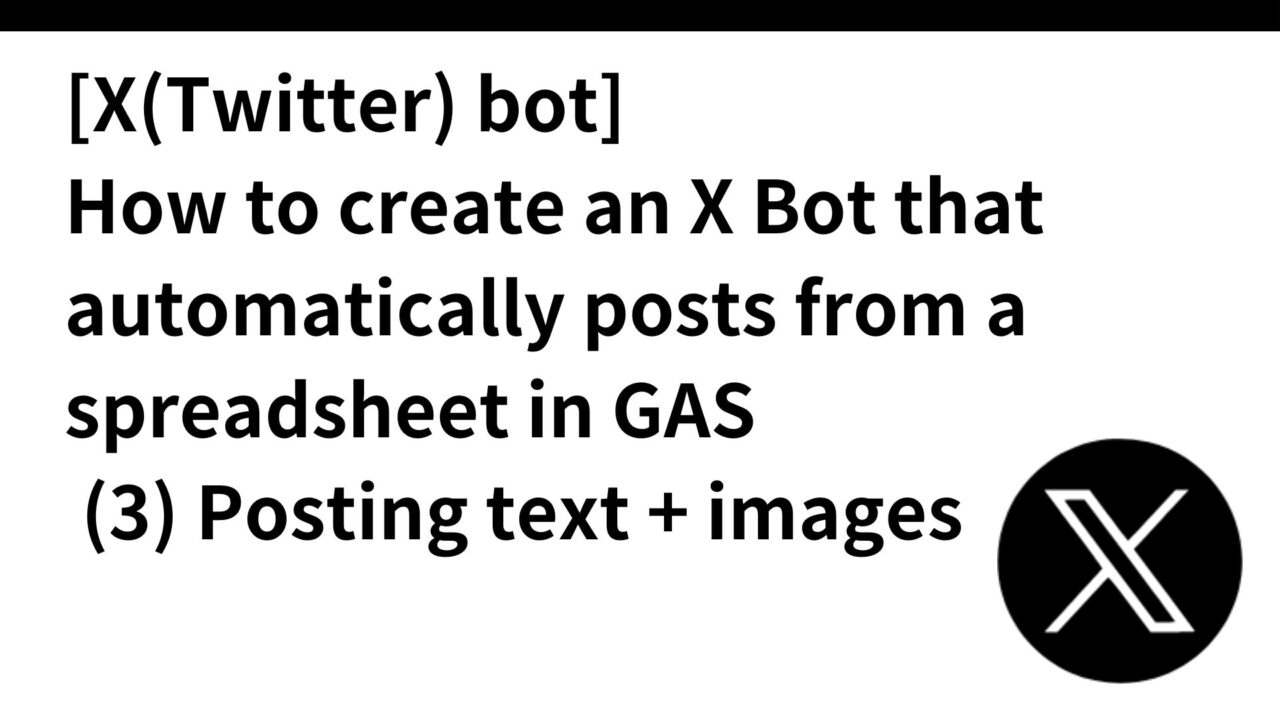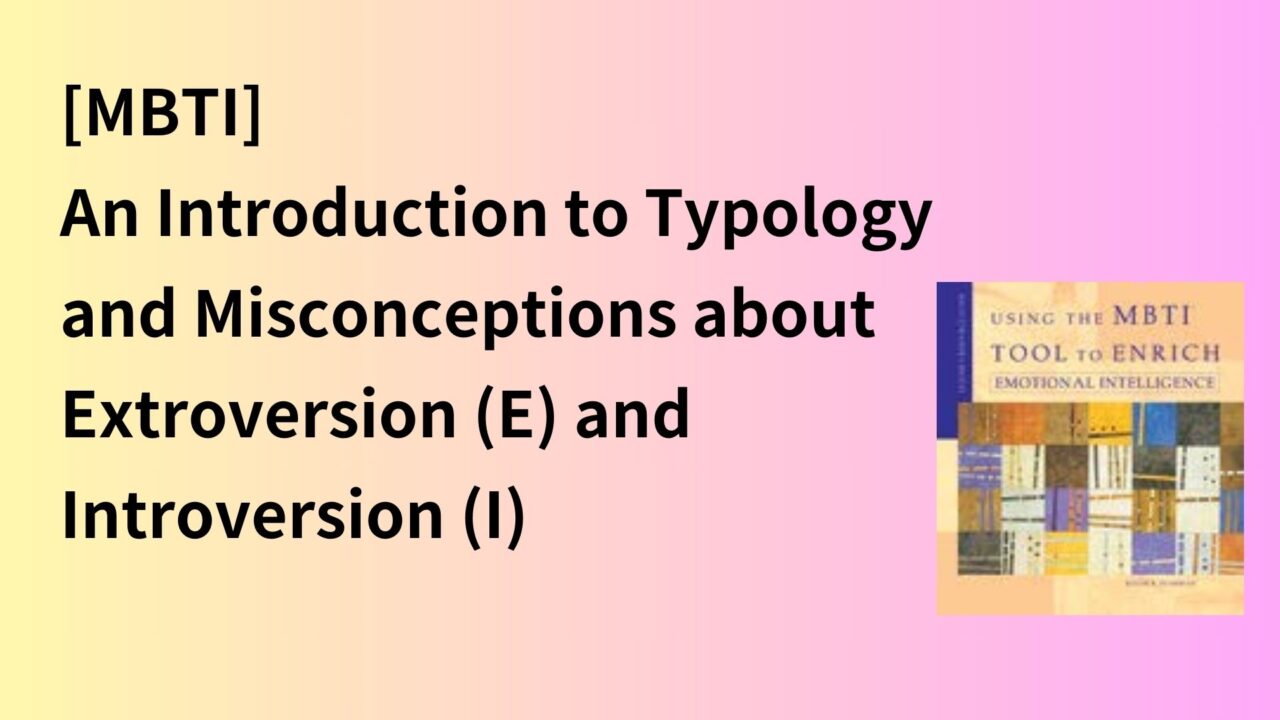A list of books that I personally wish I had read/should have read first when I started my business. First, the books are listed, and this time, one of them, ” Traction – 19 Channels for Startups to Grab Customers,” is described in detail.
List of Personalized Book Recommendations
- Traction – 19 Channels for Startups to Grab Customers
- Competitive Strategy as a Story
- Strategic Professionals: all three parts are good, but if you are starting a business in healthcare, I especially recommend “The Corporate Transformation Drama of Reversing Market Share”
- Chasm Ver. 2, Revised and Expanded Edition: The “Super” Marketing Theory that Makes New Products Break Out
- Confessions of a Success
- Basic Negotiation Techniques
Traction – 19 Channels for Startups to Grab Customers
Click here for the English version (original)
It describes specific examples of measures regarding how startups should grab customers in the absence of human and financial resources. I personally think it is not too much to say that this book is a bible to get the big picture of marketing for startups. I think it is a good idea to read this book first to get the big picture, and then read each book if you want to delve deeper into each measure (for example, if you want to do SEO).
Bulleted list of good points
50% rule: If you create a good service, it will not sell itself.
- If you create a good service, you will not be able to sell it alone. Entrepreneurs, especially if they are technology-driven, will neglect marketing. Entrepreneurs should devote 50% of their time to development and 50% to gaining traction. Even in the development phase before releasing a service, entrepreneurs should not only focus on development, but should also think about how to acquire customers at the same time. It is too late to start thinking about marketing after the beta version is released.
- Almost all of the failed star tops have a product or service. What they don’t have is enough customers.
- Traction acquisition and product development are almost equally important and resources should be allocated equally = 50% rule
When I first read this 50% rule, I was struck by how true it is, especially in my case, since I tend to think in a product-out mindset and also tend to focus on development.
Explanation of 19 types of traction with specific examples
The following 19 customer acquisition channels are described with specific examples, as well as a 3-5 point summary of their advantages and disadvantages. It may be lacking for those who want a specialized and in-depth understanding of each traction channel, but it is very good for those who want an overview of a venture’s initial marketing strategy.
Viral Marketing
- Viral coefficient = number of invitations per existing user x CV rate
- Generally, a viral coefficient ≥ 0.5 indicates considerable growth.
- Focus on reducing viral cycle time (the number of days it takes from the identity of a potential user to a new registration)
- The easiest way for beginners is to mimic a viral loop performed by someone else and continue until your own loop works just as well!
PRPolylang
・Start with smaller media and gradually approach larger ones
Non-standard PR
SEMPolylang
- It is particularly effective in companies wishing to sell products directly to target customers. It can grab people who are actively looking for a solution to a problem.
- Find and list high-potential keywords, group them, and test different ad copy and landing pages in each group
Social/Display Ads
- Weave company objectives other than sales, such as why the product was developed or the larger mission, into the advertisement, rather than just sending users to an LP.
Offline advertising (OOH)
- The intrinsic value of OOH is to aim for more contact by posting in places where many people gather, but there are more and more clever creatives full of ideas that cannot be told only by the mere contact rate. Click here to read case studies of interesting offline ads from various companies. There is a shift toward content that draws people in, rather than ads that push them in.

SEO
- Fat-head strategy: aim to rank for search terms that directly represent your company.
- Long-tail strategy: rank better for less frequently searched, more specific search terms. Mass creation of quality content and link-building
- content marketing
- email marketing
- Use of Engineering
- Blog Ads
- As part of the registration process, you will be asked to embed a banner on your blog, FB, or other website. Users who embed the banner will be able to DISCOUNT and use the service.
- Business development (partnership building)
- sales
- affiliate program (of Internet advertising)
- Website, app store, SNSPolylang
- Every year a new platform, a new device, a new something. If you are a start-up, you should think about what you can do very cool things with the platforms that are coming up
- exhibition
- off-line event
- Lecture
- Always record or tape your own lectures.
- Share the slides to be used in the lecture with the audience on social networking sites in advance. Followers can know the content of the lecture in advance.
- Use of social networking sites during lectures. If he feels something good about the content of the lecture, he actively encourages people to tweet or share it at that moment. Displaying his Twitter username on all slides and directing people to tweet to him anytime they have something to say about the performance.
- Community Building
How to Prioritize Marketing: The Concept
- The book describes the criteria for deciding which marketing methods to prioritize in a start-up environment with limited human and financial resources. The methods that worked will be continued, those that did not will be discarded, and other methods will be selected and PDCA cycles will be repeated.
- Perform constant A/B testing to optimize traction channels. A number of online tools exist to help evaluate the status of the various traction channels. The analysis of each traction should include at least two of them: cost per customer acquisition and LTV.
- The optimal marketing method changes depending on the phase of the startup (it is important to know this), and marketing should be changed flexibly. For example, even if you initially get a buzz with your social networking strategy, it does not necessarily mean that you will be able to acquire customers inexpensively with that method for a long time in the future. It is important to verify the next marketing method behind the scenes, rather than starting to think about it after it has already been successful. Paradoxically, however, one marketing method that works well should be used to its maximum potential to acquire customers by investing resources to the extent that you can suck it up at that point.
How to Prioritize Marketing: Specific Steps
- Understand how companies similar to your own have successfully acquired customers over time
- Understand the history of failed companies that have wasted their marketing budgets
- Breast
- How well it is likely to work: 5-point scale
- Estimate of customer acquisition costs (CAC)
- Maximum number of customers that can be acquired until the channel reaches saturation
- The frame required for testing
- Rankings -> Pick out 3 channels
- Prioritization
- Run multiple tests simultaneously.
- test
- Resource Centralization
- No matter what stage of startup you are at, one transaction will outperform the others in customer acquisition. You should always focus on one channel at a time.
- Continue testing to discover how to maximize growth in selected channels
It is my personal regret that there is no Kindle version in Japanese. If you are interested, please buy the book.
The original book (English version) is available in Kindle edition.







コメント